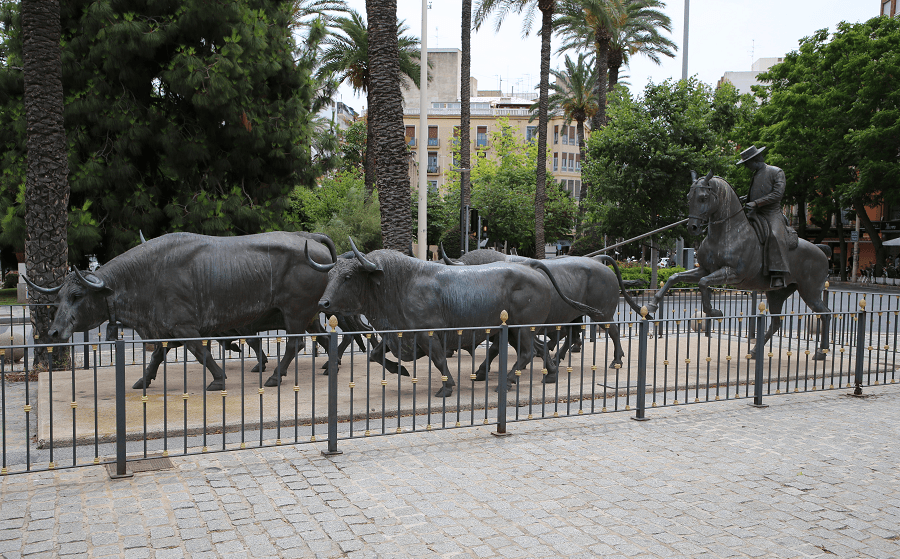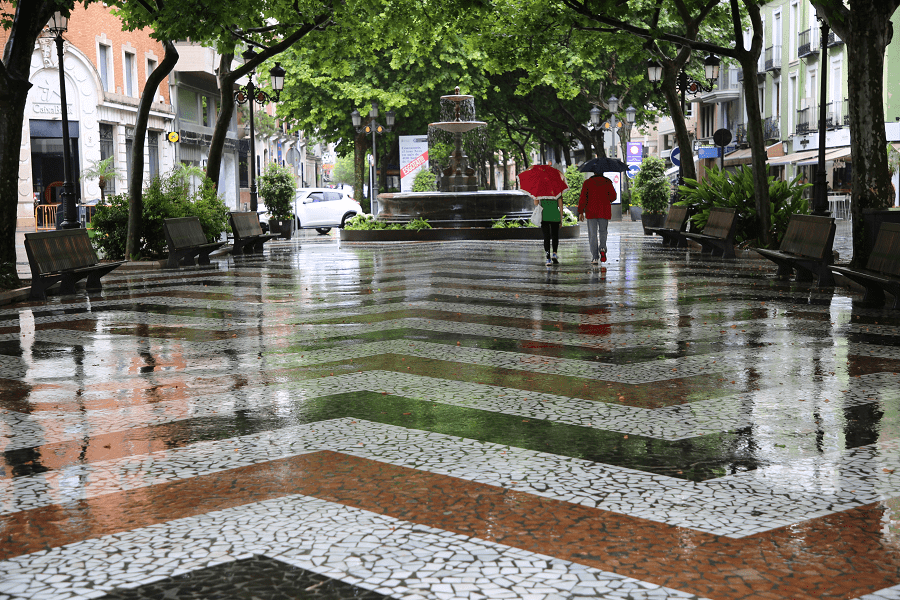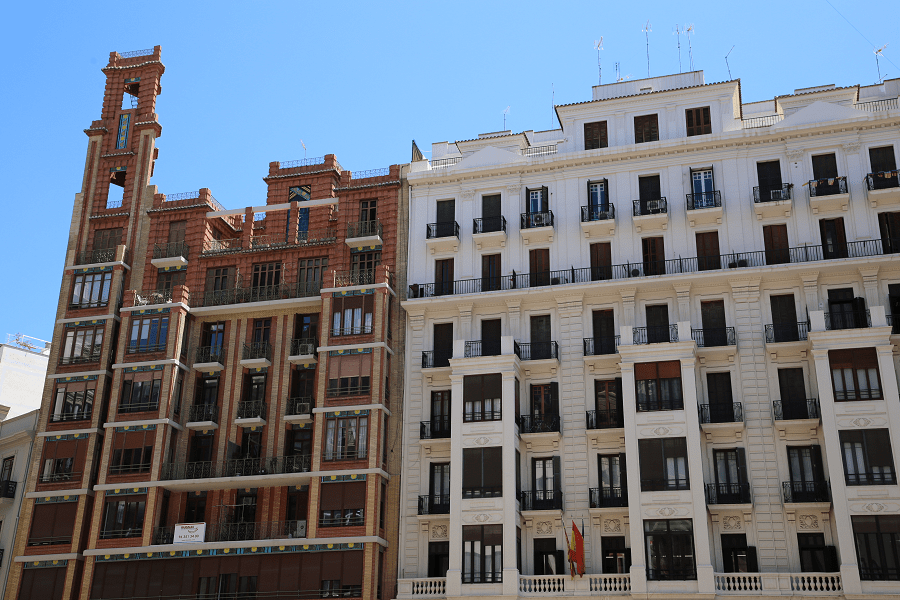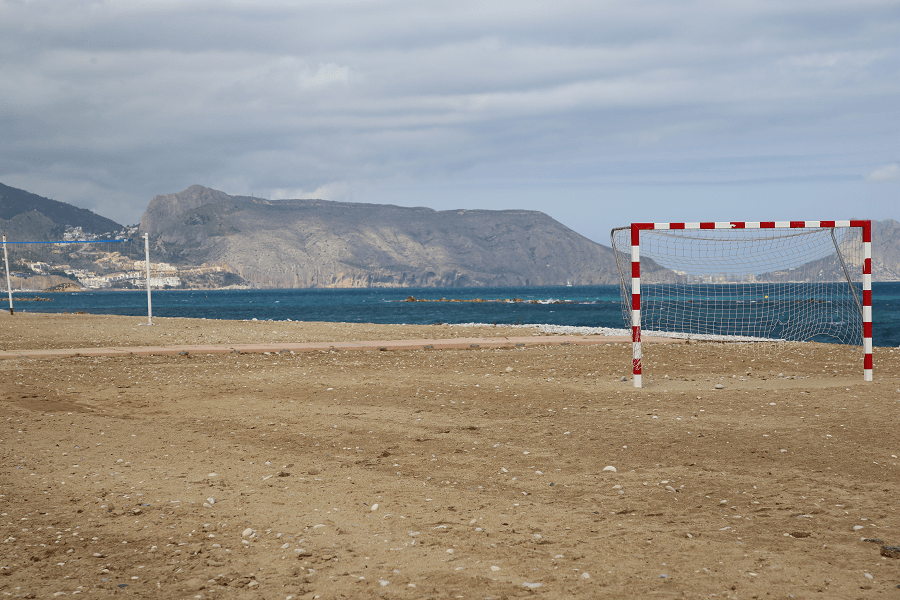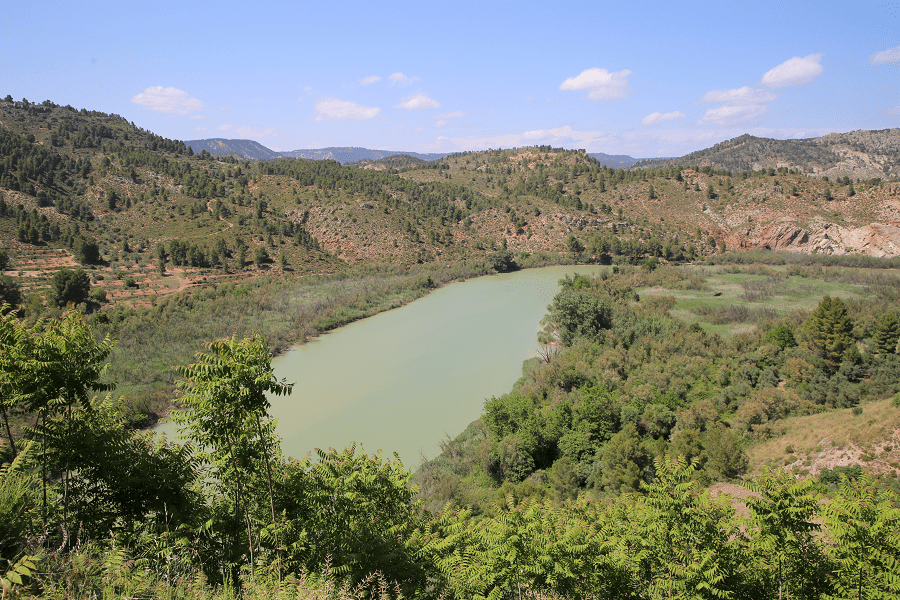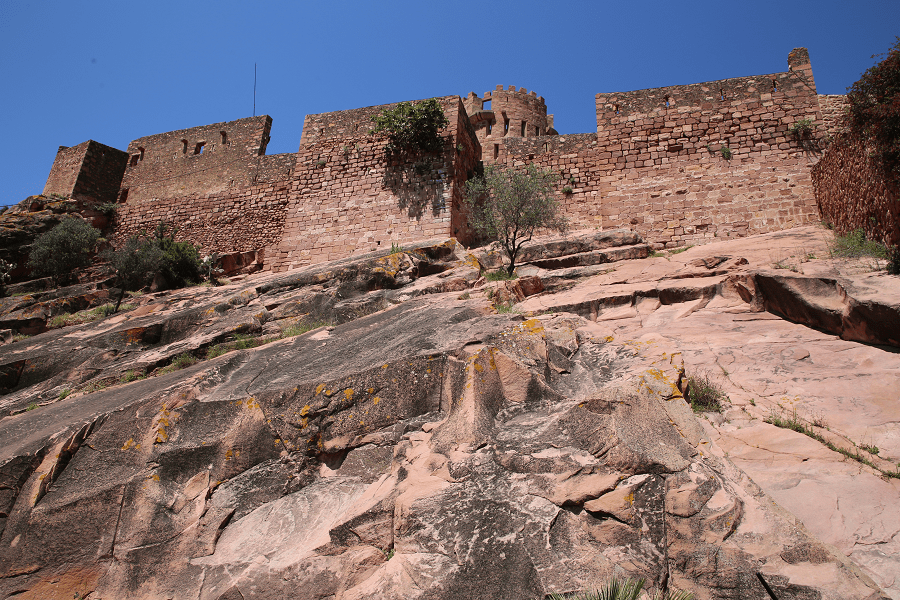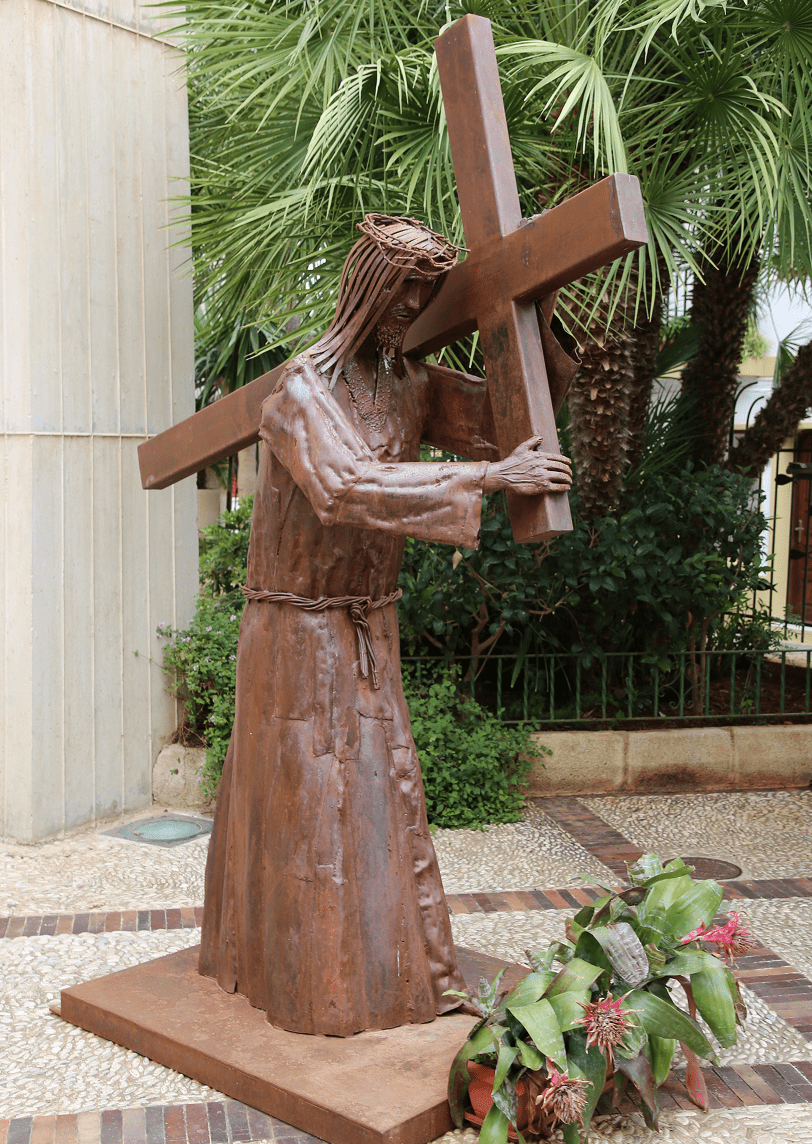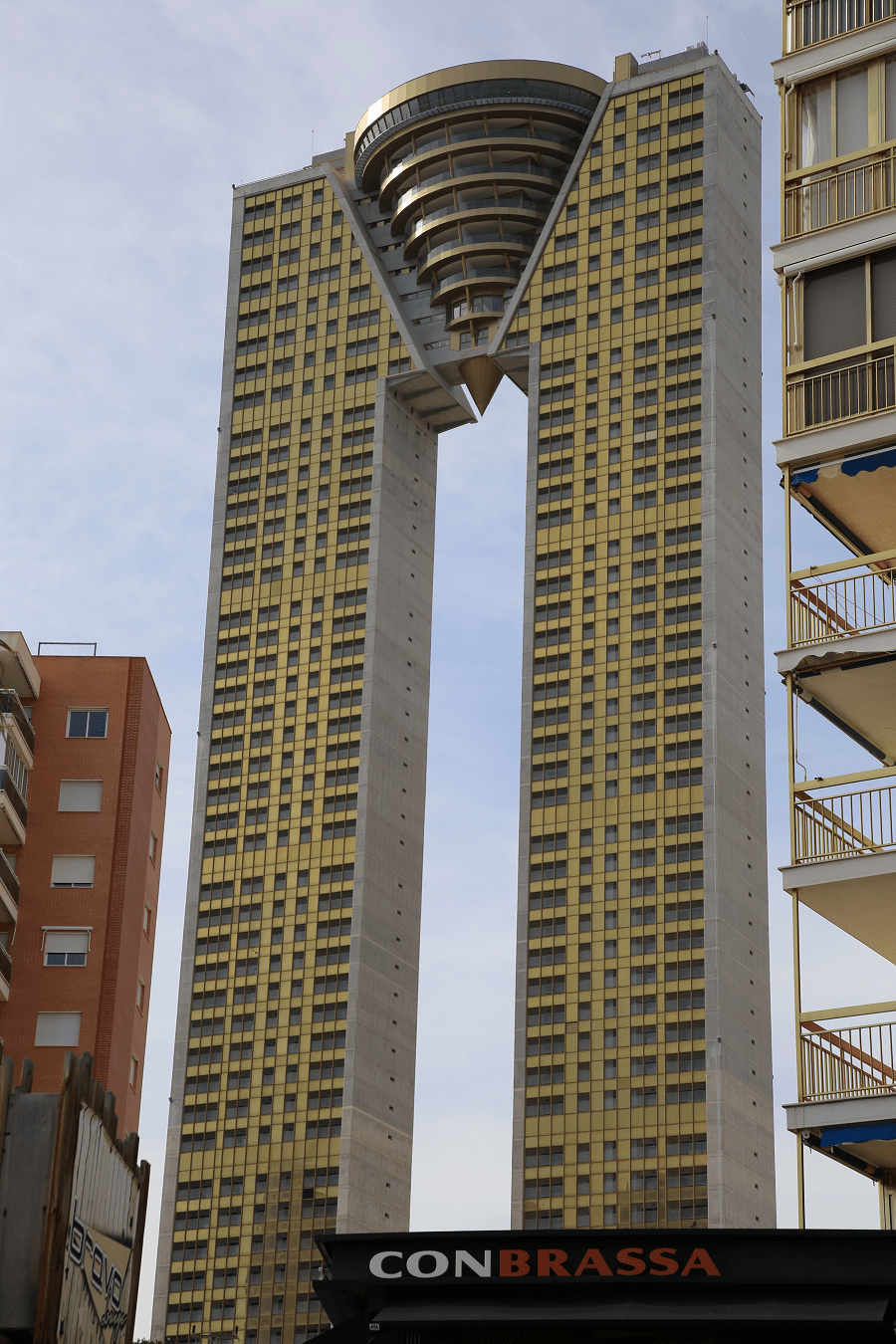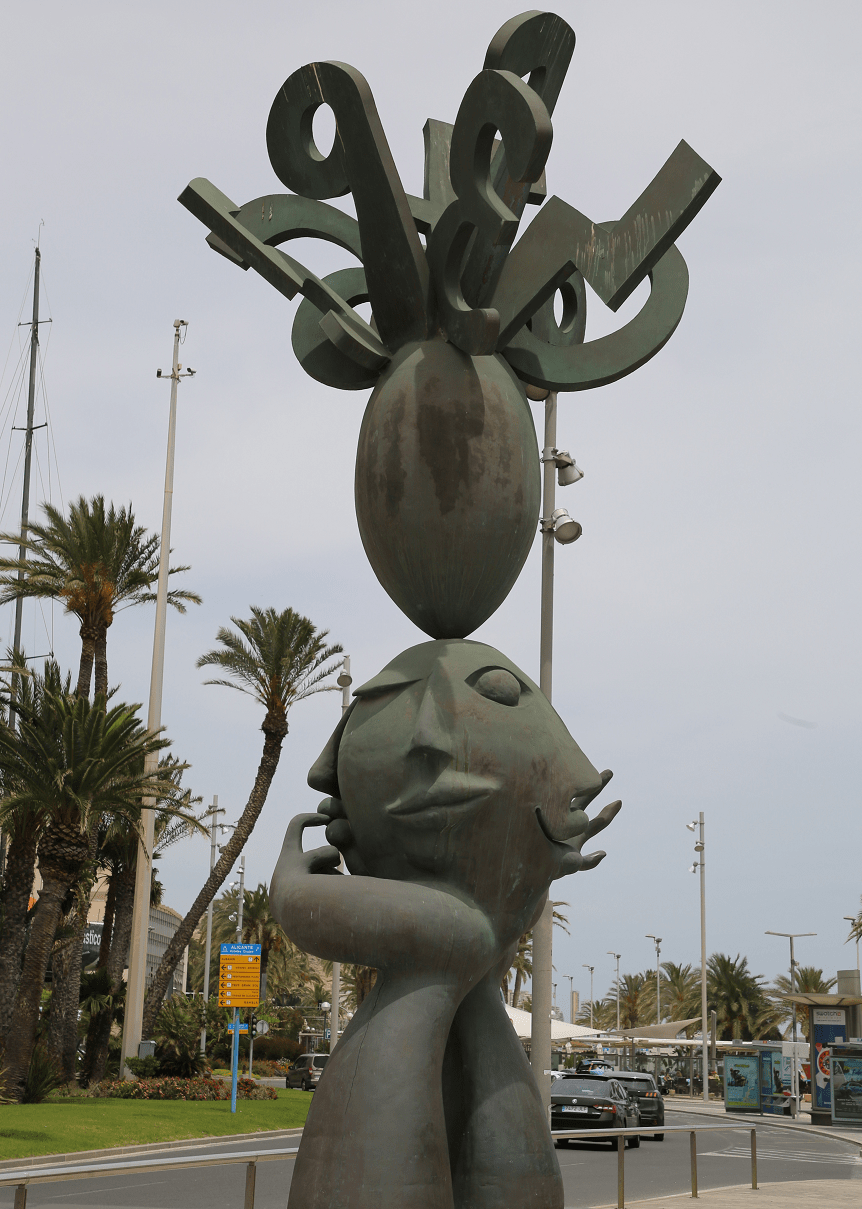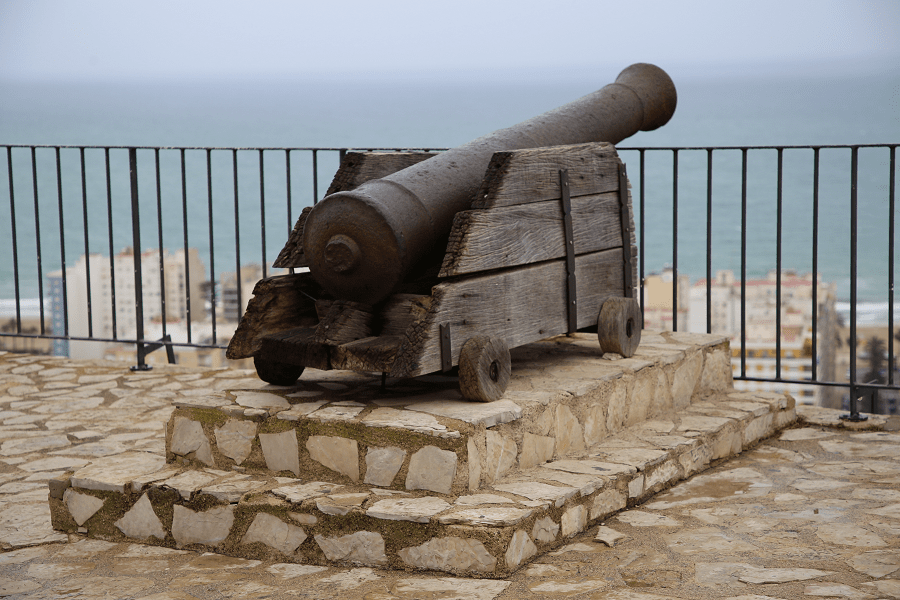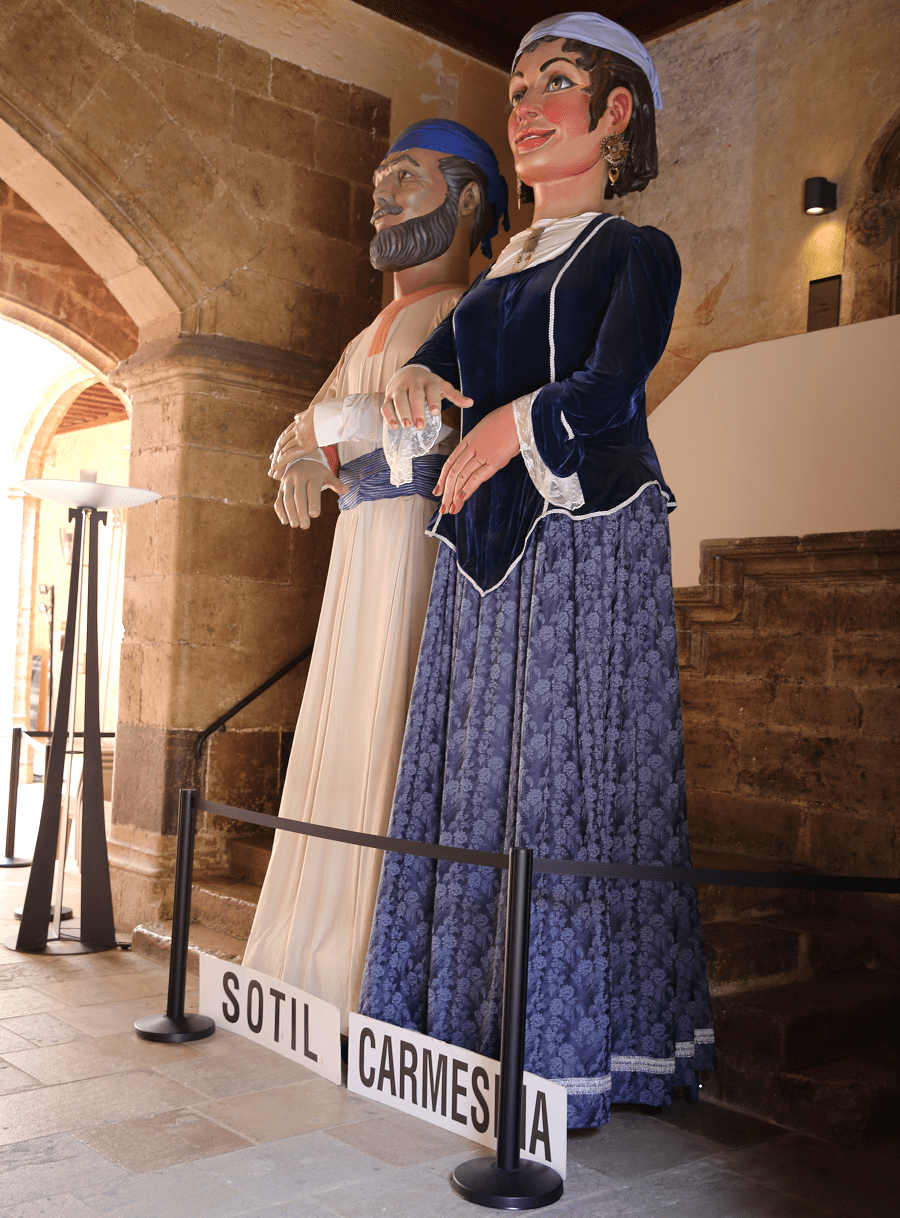The Valencian Community is an autonomous community of Spain. It is the fourth most populous autonomous community after Andalusia, Catalonia and Madrid community with more than five million inhabitants. Its homonymous capital Valencia is the third largest city and metropolitan area in Spain.
It is located along the Mediterranean coast on the east side of the Iberian peninsula. It borders with Catalonia to the north, Aragon and Castilla–La Mancha to the west, and Murcia to the south. The Valencian Community consists of three provinces which are Castellón, Valencia and Alicante.
Tourism and main attractions
Requena has one of the largest areas of vineyards in Spain
The Monastery of Sant Jeroni de Cotalba
The Church of the Archangel Michael
Sea resorts
Elche (inland)
How to get to?
The Valencian Community is served by three international airports: Alicante Airport, Valencia Airport and Castellón–Costa Azahar Airport. Alicante Airport, located in the south, is mainly tourist-oriented and is currently the busiest airport in the Valencian Community.
Valencia Airport is located in the capital and carries more business traffic. The third airport, Castellón–Costa Azahar Airport, is located in the north of the Valencian territory and has several international connections.
This airport was opened in 2011 but its first commercial flight arrived in September 2015, so it has been considered as a white elephant due to its expensive construction and maintenance and relatively less usefulness.
Distance by car from Valencia to the capitals of the Spanish Communities:
To Madrid (Madrid community) 3 hr 40 min (360 km) via A-3
To Barcelona (Catalonia) 3 hr 47 min (349 km) via AP-7
To Murcia (Murcian community) 2 hr 24 min (227 km) via A-7
To Seville (Andalusia) 6 hr 28 min (654 km) via A-4 and A-3
To Merida (Extremadura) 6 hr 24 min (595 km) via N-430, A-43 and A-3
To Toledo (Castile-La Mancha) 3 hr 43 min (373 km) via A-3
To Zaragoza (Aragon) 3 hr 10 min (309 km) via A-23
To Valladolid (Castile and Leon) 5 hr 46 min (548 km) via A-3
To Santiago de Compostela (Galicia) 9 hr 9 min (959 km) via A-3
To Oviedo (Asturias) 7 hr 53 min (804 km) via A-3
To Santander (Cantabria) 7 hr 9 min (710 km) via AP-68 and A-23
To Vitoria-Gasteiz (Basque community) 5 hr 44 min (569 km) via AP-68 and A-23
To Pamplona (Navarre) 4 hr 50 min (487 km) via A-23
To Logroño (La Rioja) 4 hr 41 min (479 km) via AP-68 and A-23
The Valencian Community has an extensive rail system which connects the principal cities with the rest of Spain such as the Euromed towards Catalonia and AVE towards Madrid, or northern and southern Spain, both run by the Spanish national rail company RENFE.
In December 2010 the high-speed rail (AVE) Madrid–Valencia opened as part of the Madrid–Levante high-speed rail line. High-speed lines arrive to Valencia-Joaquín Sorolla, a provisional station located south of the city centre. It is expected that in the coming years the high-speed line Madrid–Valencia will reach the main Valencia-Estació del Nord through a tunnel under the new Valencia Parque Central.
High-speed rail Madrid–Alicante opened in 2013.
There are some medium-range plans for further high-speed connections, like the Valencia–Bilbao link via Zaragoza or the Mediterranean high-speed rail corridor.
In addition, the Generalitat Valenciana has planned on building a regional high-speed rail along the coast to connect all major coastal cities like Valencia, Gandia, Dénia, Benidorm, Villajoyosa, Alicante and Torrevieja.
Cercanías (Rodalia in Valencian) is the commuter rail service that serves all three provincial capitals of Valencia and their metropolitan areas. It is operated by Cercanías Renfe, the commuter rail division of RENFE.
While the Valencian-owned company, Ferrocarrils de la Generalitat Valenciana (FGV) operates a tram-train line between Alicante, Benidorm and Dénia. It also operates the city tram and metro system of Valencia (Valencia Metro) and Alicante (Alicante Tram).
Festivals
The Falles (Valencian: Falles; Spanish: Fallas) is a traditional celebration held annually in commemoration of Saint Joseph. The five main days celebrated are from 15 to 19 March, while the Mascletà, a pyrotechnic spectacle of firecracker detonation and fireworks display, takes place every day from 1 to 19 March. The term Falles refers to both the celebration and the monuments (Falla, singular; Falles, plural) burnt during the celebration. A number of towns in the Valencian Community have similar celebrations inspired by the original Falles de València celebration.
The Falles festival was added to UNESCO’s intangible cultural heritage of humanity list on 30 November 2016.
The Bonfires of Saint John are a traditional and popular festival celebrated around the world during Midsummer, which takes place on the evening of 23 June, St. John’s Eve. The largest one takes place in Alicante, where it is the most important festival in the city.
The Muixeranga is the collective name given to the performance of ancient street dances and human pyramids or castells, originating in the ancient Kingdom of Valencia, which are still preserved in the town of Algemesí, 30 km southwest from Valencia, and certain other Valencian towns.
The muixeranga is much more than an artistic acrobatic dance. It is a collection of ancient human choreographies of enormous plasticity illustrating various figures and shapes, which are held during the Algemesí town festival (September 7 and 8th), in honor of the Virgin of Health (Mare de Déu de la Salut).
Main information
Area: 23,255 km²
Coordinates: 39°30′N 0°45′W
Population: 5 057 353
Languages: Spanish, Valencian
Currency: Euro
Visa: Schengen




